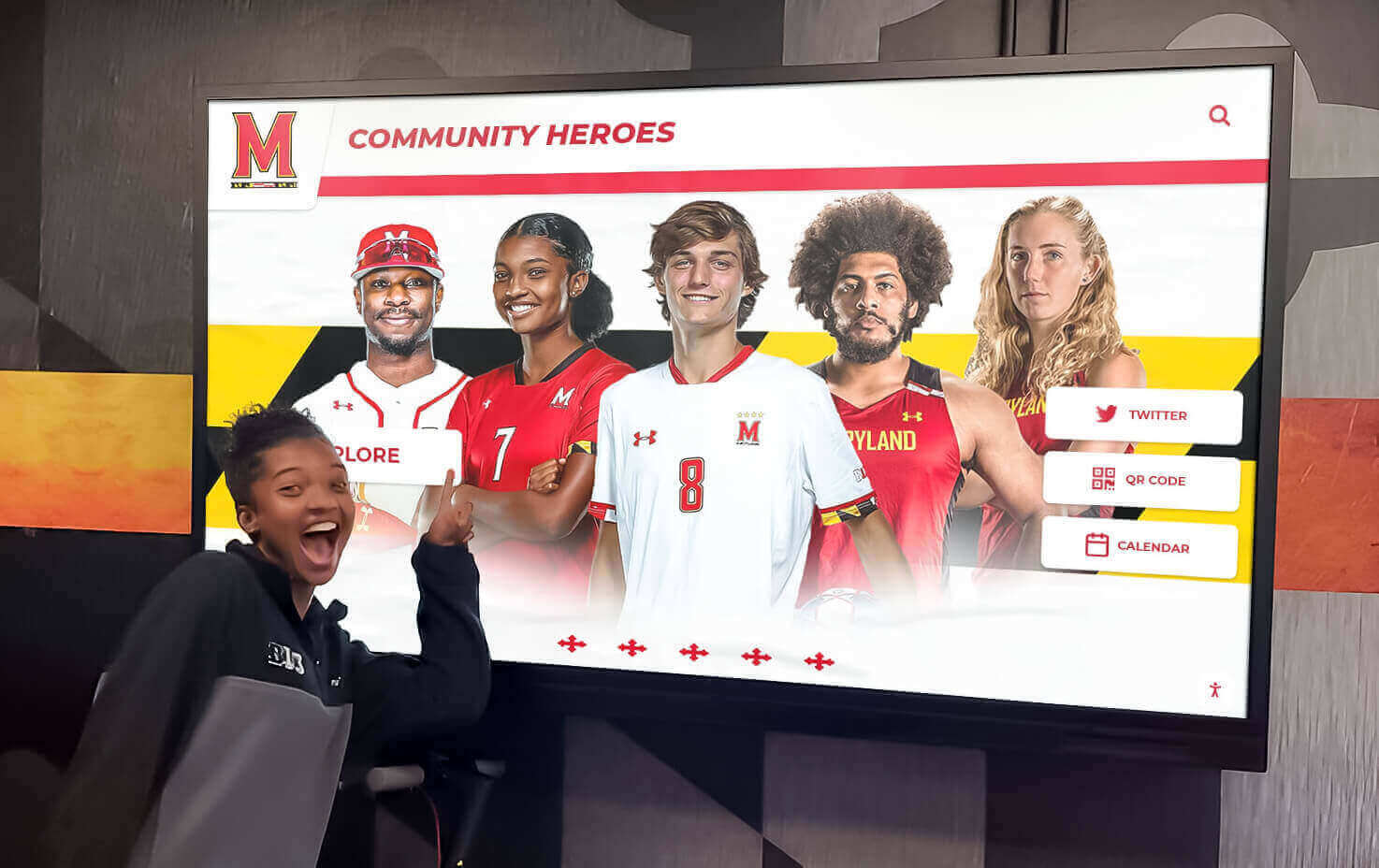Key Takeaways
Discover what truly motivates community members to participate and engage. Learn proven strategies for recognition, belonging, and connection that drive lasting involvement.
The Community Engagement Challenge: Why Traditional Approaches Fall Short
Organizations across all sectors report declining community engagement rates despite increased communication efforts and expanded programming. According to research from community engagement experts, typical participation rates have steadily decreased over the past two decades, with many organizations struggling to maintain even 20-30% active engagement among their member bases. This decline stems not from lack of interest but from failure to address the fundamental motivations that drive meaningful participation.
The Motivation Gap in Modern Communities
Traditional engagement strategies often focus on logistical factors—convenient meeting times, accessible locations, streamlined processes—while overlooking the deeper psychological needs that truly inspire participation. Organizations send reminder emails, create social media campaigns, and simplify registration processes, yet community members remain disengaged because these tactical improvements don’t address their underlying motivational requirements.
Common Engagement Barriers Organizations Face:
- Recognition Scarcity: Contributors feel their efforts go unnoticed and unappreciated
- Limited Connection: Members lack meaningful relationships with peers or organizational mission
- Unclear Impact: Participants can’t see how their involvement creates tangible difference
- Passive Roles: Community members observe rather than actively shape organizational direction
- Transactional Relationships: Organizations treat members as resources rather than valued partners

These barriers prevent organizations from tapping into the intrinsic motivations that create lasting engagement. When community members feel unrecognized, disconnected, ineffective, passive, and transactional, they naturally disengage regardless of how convenient participation becomes.
Core Motivational Drivers: What Actually Inspires Community Participation
Understanding the fundamental psychological and social needs that drive human behavior enables organizations to design engagement strategies that resonate deeply with community members. Research across psychology, sociology, and organizational behavior reveals consistent patterns in what motivates sustained participation.
Recognition and Appreciation: The Foundation of Engagement
Human beings possess fundamental needs for acknowledgment and validation. When organizations genuinely recognize contributions, they satisfy deep psychological requirements while creating positive associations with participation that encourage continued involvement.
Why Recognition Drives Engagement:
Personal Validation
Recognition confirms that individual contributions matter and create value, satisfying core needs for significance and impact
Social Status
Public acknowledgment establishes positive reputation within communities, providing status rewards that humans naturally seek
Reciprocity Motivation
Appreciated contributors feel psychological obligation to continue supporting organizations that value their efforts
Identity Reinforcement
Recognition strengthens self-concept as generous, engaged community members committed to shared values and purposes
Effective recognition extends beyond perfunctory thank-you notes to create meaningful acknowledgment experiences. Organizations implementing comprehensive recognition programs through solutions like digital recognition displays report significantly higher engagement rates, increased volunteer retention, and stronger community cohesion compared to those with minimal acknowledgment approaches.
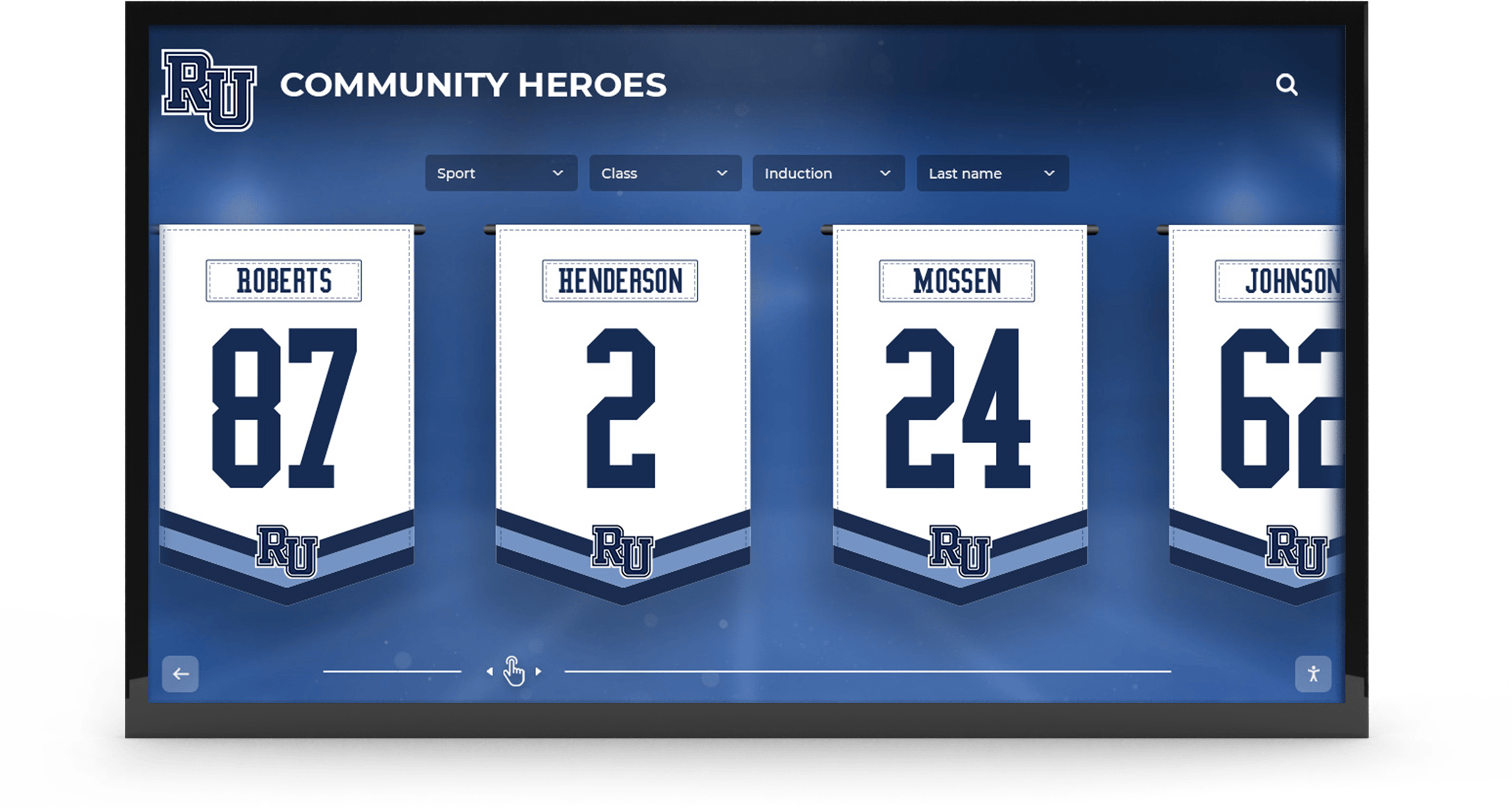
The key lies in recognition authenticity, timeliness, visibility, and personalization. Generic mass acknowledgments generate minimal impact compared to specific recognition that demonstrates genuine understanding of individual contributions and their significance to organizational missions.
Belonging and Connection: Creating Community Identity
Humans are inherently social beings with deep needs for connection, belonging, and group identity. Community engagement fundamentally represents seeking and maintaining social bonds with like-minded individuals who share values, interests, and purposes.
Elements of Belonging That Drive Participation:
Shared Identity and Values:
Community members engage most deeply when organizations reflect their personal values and provide identity alignment. Schools creating strong institutional pride, religious communities fostering spiritual connection, and civic groups promoting shared community improvement all tap into identity motivation that transcends transactional participation.
Meaningful Relationships:
Beyond organizational affiliation, members seek genuine friendships and peer connections. The social rewards of interaction often matter more than programmatic activities themselves. Organizations facilitating relationship formation through collaborative projects, social events, and small group structures create engagement through interpersonal bonds.
Acceptance and Inclusion:
All community members need to feel welcomed, valued, and genuinely included regardless of background, experience level, or contribution capacity. Organizations cultivating inclusive cultures where diverse participation styles receive equal respect attract broader engagement than those with narrow participation expectations.
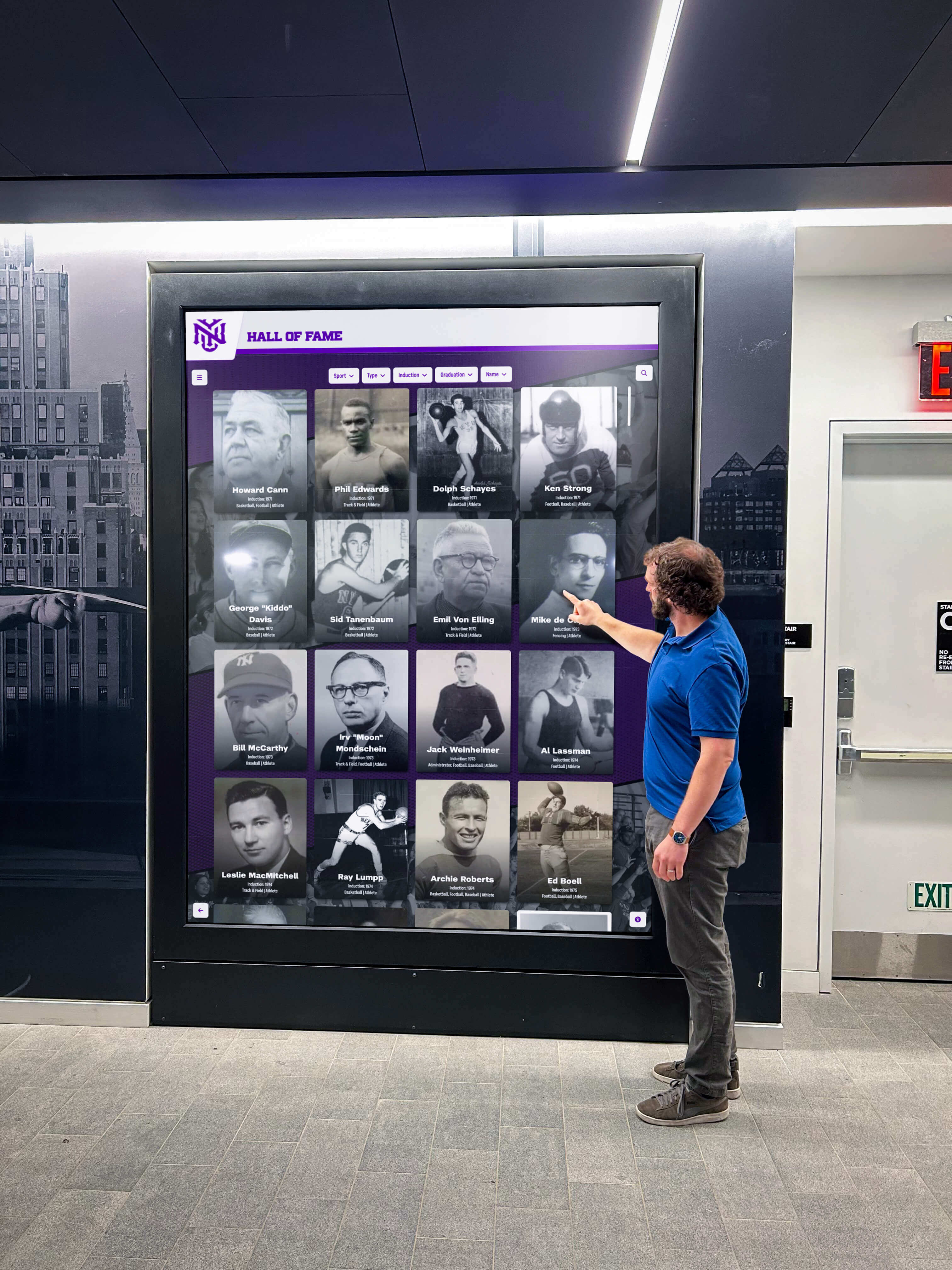
Understanding how community recognition programs strengthen belonging helps organizations design initiatives that build genuine connection rather than superficial participation.
Purpose and Impact: Connecting Participation to Meaning
Community members invest time and energy most readily when they understand how participation creates tangible impact aligned with values they consider important. Clear connection between individual actions and meaningful outcomes provides powerful motivation that sustains engagement through challenges and competing priorities.
Impact Visibility Strategies:
Specific Outcomes
Document concrete results that participation enables—students served, programs delivered, problems solved, improvements achieved
Individual Connection
Help each contributor understand how their specific efforts contributed to larger outcomes rather than treating all participation generically
Progress Tracking
Share regular updates showing cumulative impact over time, celebrating milestones and demonstrating sustained value creation
Beneficiary Stories
Feature testimonials and narratives from those directly served by community efforts, humanizing abstract impact through real experiences
Challenge Framing
Position community needs as meaningful challenges that collective action can address, creating purposeful participation opportunities
Values Alignment
Explicitly connect organizational activities to broader values like education, service, justice, or community wellbeing that resonate deeply
When organizations successfully articulate purpose and demonstrate impact, they transform participation from optional extras into meaningful contributions to causes that matter—dramatically increasing sustained engagement.

Empowerment and Voice: Enabling Meaningful Influence
Community members engage most deeply when they possess genuine voice in organizational decisions and meaningful influence over initiatives they support. Passive observation generates minimal commitment compared to active participation where members help shape direction, contribute ideas, and see their input valued.
Empowerment Approaches That Drive Engagement:
Participatory Decision-Making:
Organizations that genuinely involve community members in planning, priority-setting, and decision-making create ownership and investment that passive communication cannot match. Schools forming parent advisory councils with real authority, nonprofits including beneficiaries in program design, and clubs democratically determining activities all tap into empowerment motivation.
Contribution Flexibility:
Rather than prescriptive participation requirements, empowering organizations enable members to contribute according to their skills, interests, schedules, and capacities. This flexibility respects individual circumstances while maximizing diverse engagement rather than excluding those who cannot meet rigid expectations.
Feedback Responsiveness:
Soliciting input matters little if organizations ignore suggestions or fail to implement community ideas. Genuine empowerment requires demonstrating responsiveness by acting on feedback, explaining decisions when suggestions aren’t adopted, and closing feedback loops so contributors see their voices heard.
Skill Development and Growth:
Empowerment includes helping community members develop capabilities through participation. Organizations providing training, mentorship, and growth opportunities create engagement that serves personal development alongside organizational missions.
Proximity and Relevance: The Local Connection Factor
Research consistently demonstrates that proximity dramatically influences engagement likelihood. Community members participate most readily in initiatives directly affecting their immediate environments, families, and daily lives. The closer to home an issue or opportunity exists, the higher the engagement probability.
Leveraging Local Relevance:
Geographic Focus:
Organizations addressing neighborhood issues, school improvements, or local facility development generate stronger participation than those with abstract or distant causes. Emphasizing direct community impact increases relevance that motivates involvement.
Personal Connection:
Initiatives affecting participants’ children, relatives, friends, or daily experiences create natural engagement motivation. Schools mobilize parent volunteers more easily for programs benefiting their own children than for generic organizational needs.
Immediate Benefits:
Community members recognize value most readily when participation delivers near-term, tangible benefits rather than abstract long-term promises. Quick wins and visible progress maintain momentum better than distant aspirational goals.
Familiar Contexts:
Activities in known locations, familiar formats, and comfortable environments reduce participation barriers compared to unfamiliar settings requiring navigation of new social dynamics or physical spaces.
Understanding how community engagement strategies leverage proximity helps organizations design initiatives that resonate with local contexts while building broader community connections.
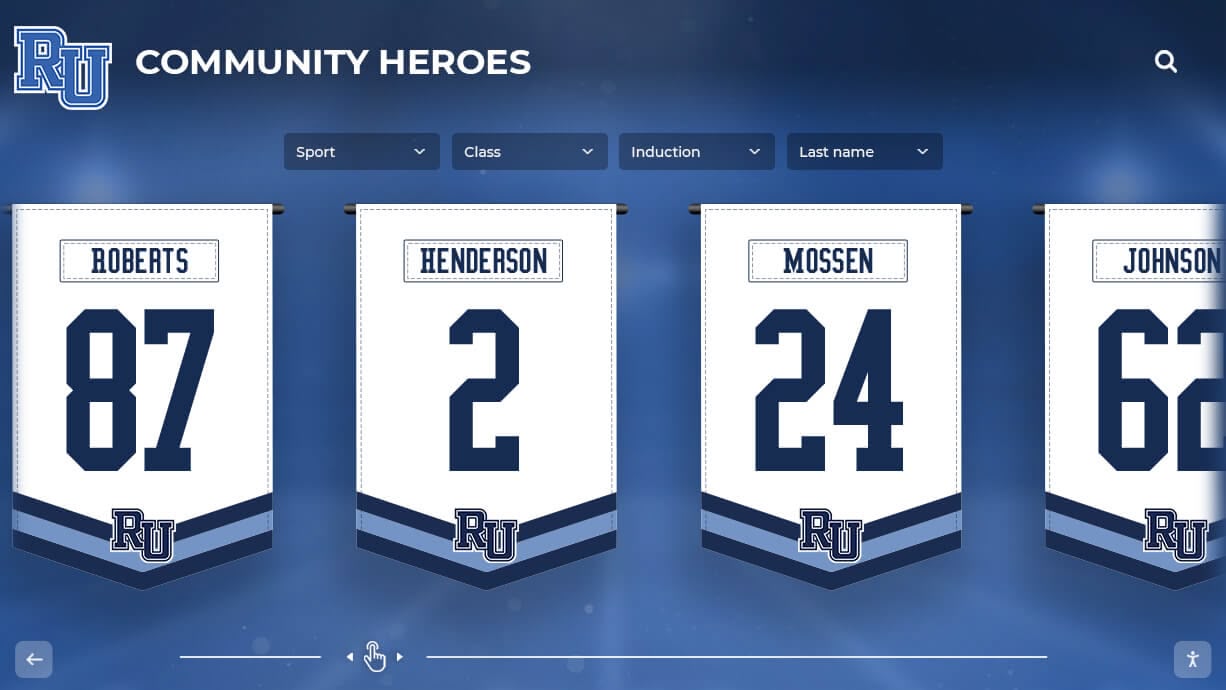
Practical Strategies: Implementing Motivation-Driven Engagement Programs
Understanding motivational drivers provides foundation for designing engagement approaches that create sustained participation. These proven strategies help organizations translate psychological insights into practical programs that build active, committed communities.
Strategy 1: Implement Comprehensive Recognition Systems
Recognition represents the most underutilized yet powerful engagement tool available to community organizations. Systematic acknowledgment programs that celebrate contributions at all levels create participation motivation while strengthening member retention.
Effective Recognition Program Components:
Multiple Recognition Tiers:
Design acknowledgment levels appropriate to contribution magnitudes—from first-time participants receiving basic appreciation to sustained volunteers receiving premium recognition. Tiered systems encourage progression while ensuring all participation receives appropriate acknowledgment.
Diverse Recognition Methods:
Combine personal thank-you communications, public celebration events, permanent recognition displays, social media features, and awards programs. Multi-channel approaches ensure all community members receive acknowledgment through formats they value.
Timely Acknowledgment:
Recognize contributions promptly while they remain fresh and associated with positive participation experiences. Delayed recognition loses psychological impact as temporal distance weakens connection between actions and appreciation.
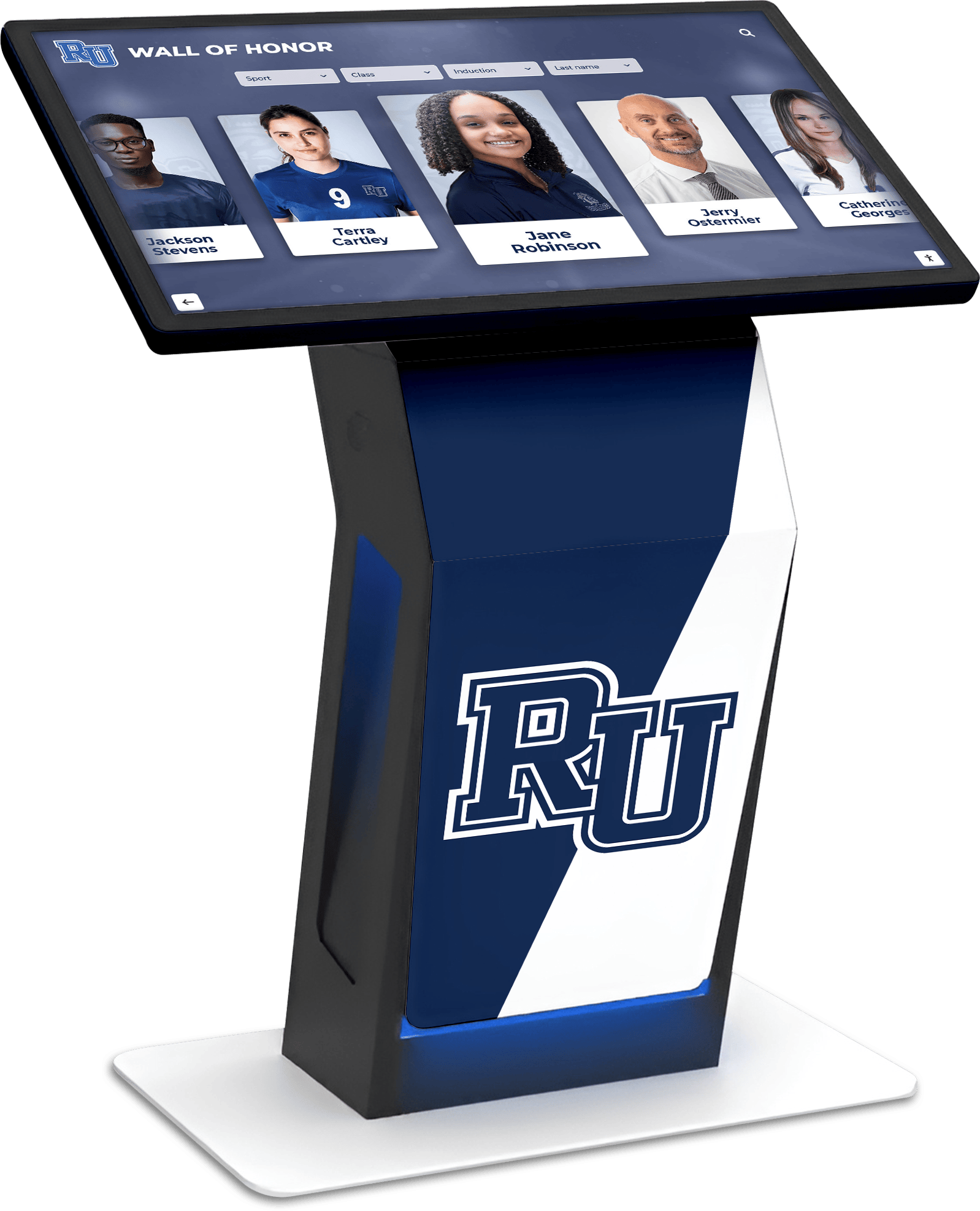
Specific and Personal:
Generic mass recognition generates minimal impact compared to personalized acknowledgment demonstrating genuine understanding of individual contributions. Mention specific actions, describe their importance, and express authentic appreciation that feels personal rather than perfunctory.
Modern digital recognition platforms enable comprehensive acknowledgment impossible with traditional approaches, providing unlimited capacity for honoring all contributors through engaging, accessible displays that maintain visibility indefinitely.
Strategy 2: Create Meaningful Connection Opportunities
Intentional community-building activities that facilitate relationship formation generate engagement through social bonds that transcend specific programs or initiatives.
Connection-Building Approaches:
Small Group Structures:
Large gatherings provide visibility but limited relationship depth. Complement organization-wide events with small group activities—committees, teams, affinity groups, mentorship pairs—where genuine connections form through sustained interaction.
Collaborative Projects:
Working together toward shared goals creates stronger bonds than parallel individual efforts. Design programs requiring collaboration, mutual support, and interdependence that naturally foster relationships.
Social Activities:
Pure social gatherings without programmatic agendas provide valuable relationship time often squeezed out by task-focused meetings. Informal events, celebrations, and casual gatherings strengthen community fabric through enjoyable interaction.
Mentorship and Onboarding:
Connect new members with established community participants who provide guidance, friendship, and integration support. Mentorship relationships serve dual purposes: welcoming newcomers while giving veterans meaningful roles that deepen their own engagement.
Shared Identity Symbols:
Develop visible community markers—shirts, logos, traditions, rituals, shared language—that reinforce collective identity and create belonging through common symbols and experiences.
Organizations prioritizing relationship development alongside programmatic achievement create communities where members engage primarily because they value the connections participation provides.
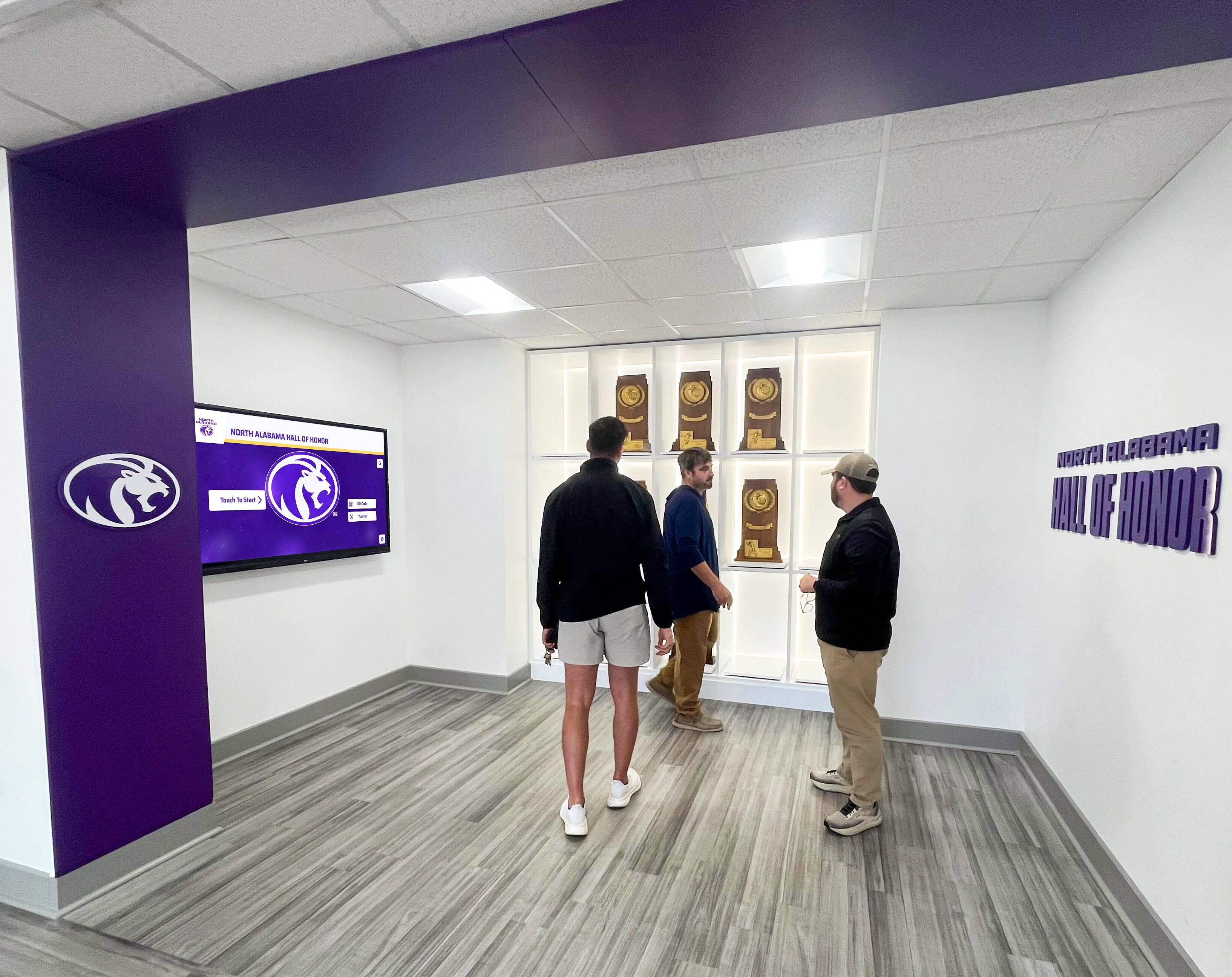
Strategy 3: Communicate Clear Purpose and Demonstrate Impact
Organizations that excel at engagement consistently articulate why participation matters and systematically demonstrate tangible results that contributions enable.
Impact Communication Best Practices:
Regular Impact Updates:
Share quarterly or monthly reports documenting specific accomplishments, progress toward goals, and outcomes enabled by community participation. Consistent updates maintain awareness of organizational effectiveness and individual contribution value.
Story-Based Communication:
Statistics matter, but personal stories resonate emotionally in ways that numbers cannot. Feature narratives about individuals served, challenges overcome, and transformations achieved through community efforts.
Contribution Attribution:
Help community members see direct connections between their specific actions and organizational outcomes. When volunteers understand that their particular efforts enabled concrete results, they experience satisfaction that motivates continued participation.
Challenge and Progress Framing:
Present organizational work as addressing meaningful challenges that collective action can solve. Progress framing that celebrates milestones while acknowledging remaining work maintains motivation through both achievement and purposeful striving.
Beneficiary Voices:
Include perspectives from those directly served by organizational programs. First-person testimonials from scholarship recipients, program participants, or community beneficiaries create powerful impact evidence that validates participation value.
Understanding how community recognition systems strengthen impact communication helps organizations design acknowledgment programs that simultaneously celebrate contributions and demonstrate their significance.
Strategy 4: Empower Genuine Participation and Shared Leadership
Organizations that distribute decision-making authority and genuinely involve community members in governance create deeper engagement than those maintaining top-down control.
Empowerment Implementation Strategies:
Advisory Boards and Councils:
Establish formal structures where community members provide input on organizational direction, program priorities, and resource allocation. Ensure these bodies possess real authority rather than serving as rubber stamps for predetermined decisions.
Democratic Decision Processes:
Use surveys, voting, and participatory planning methods that enable community input on significant decisions. Transparent processes demonstrating how member preferences influence outcomes build trust and engagement.
Flexible Contribution Models:
Allow community members to define their own participation styles, schedules, and contribution types rather than prescribing rigid volunteer requirements. Flexibility respects diverse circumstances while maximizing varied engagement.
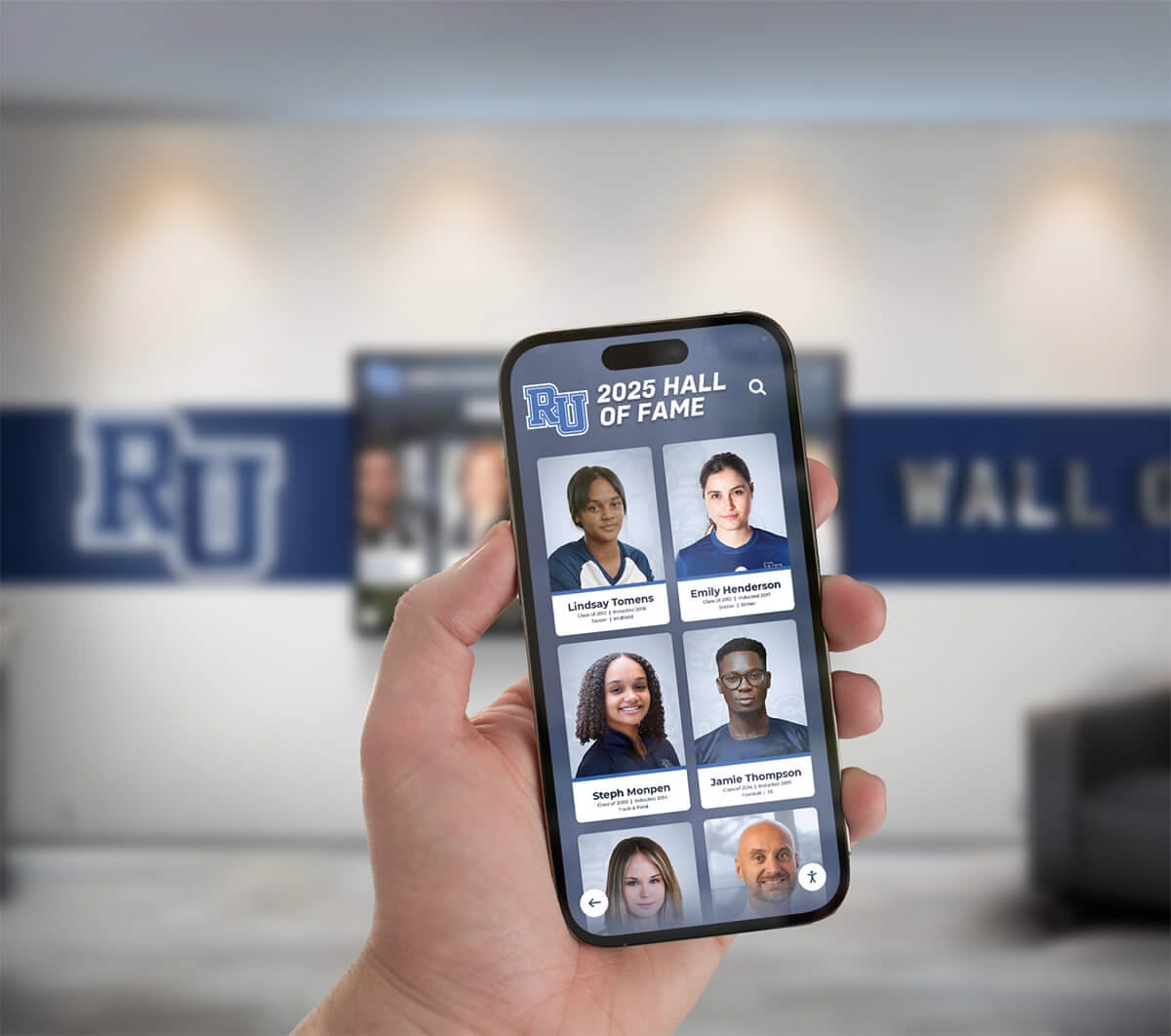
Skill-Based Opportunities:
Match participation opportunities to member capabilities, interests, and expertise. Community members engage more readily when they can contribute strengths rather than forcing uncomfortable roles that don’t align with their skills.
Leadership Development:
Create pathways for community members to assume increasing responsibility and leadership roles. Clear progression opportunities inspire engagement from those seeking personal growth alongside community contribution.
Strategy 5: Reduce Participation Barriers Systematically
Even highly motivated community members disengage when practical barriers prevent participation. Successful organizations systematically identify and address obstacles that inhibit involvement.
Common Barriers and Solutions:
Time Constraints
Offer flexible participation schedules, virtual options, micro-volunteering opportunities, and family-friendly timing that accommodates busy lives
Transportation Limits
Provide virtual participation alternatives, arrange carpooling, select accessible locations, or offer transportation assistance for those with mobility challenges
Information Gaps
Communicate opportunities clearly through multiple channels, ensure all community segments receive information, and provide detailed participation guidance
Social Anxiety
Create welcoming onboarding processes, assign buddy mentors, offer small group options before large gatherings, and establish inclusive cultures
Economic Costs
Eliminate or subsidize participation fees, provide childcare, offer meal assistance, and ensure financial constraints don't prevent engagement
Awareness Deficits
Proactively communicate organizational activities, share impact stories, maintain active presence in member spaces, and educate about opportunities
Organizations that systematically address practical barriers discover latent engagement capacity among community members who possess motivation but lacked accessible participation pathways.
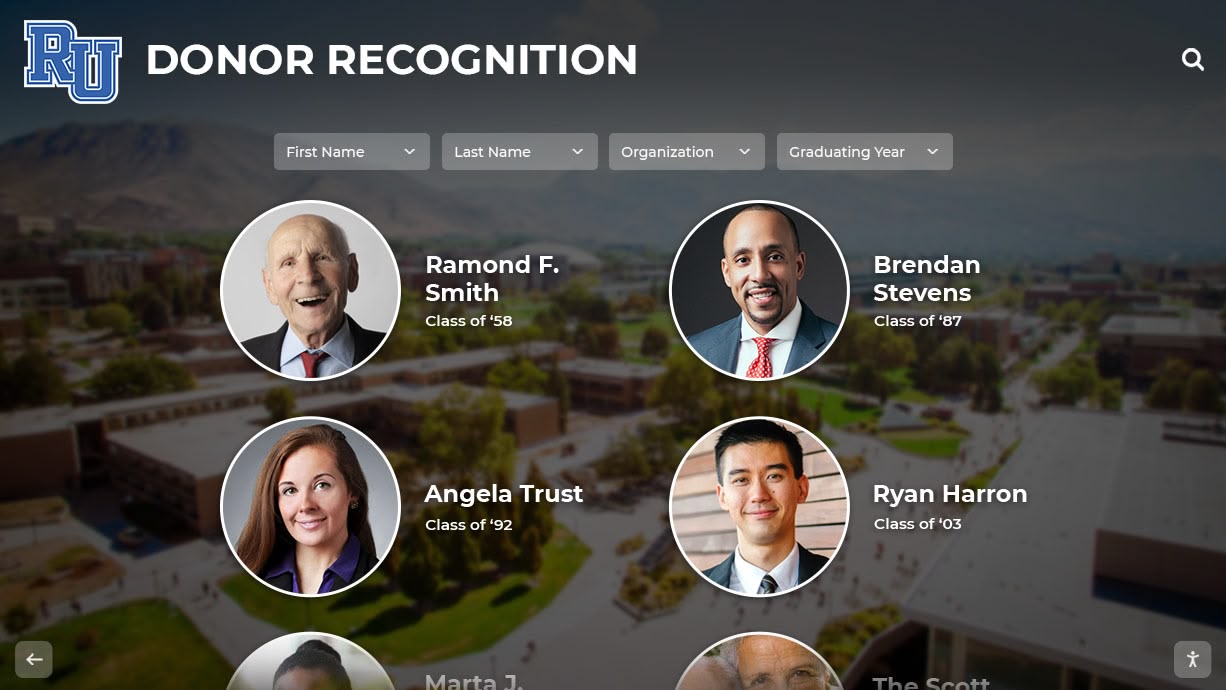
Measuring Engagement Success: Tracking What Motivates Your Community
Effective engagement strategies require ongoing assessment ensuring approaches actually generate intended outcomes while identifying optimization opportunities.
Key Engagement Metrics to Monitor
Participation Rates:
Track percentage of community members actively engaged in programs, events, or contributions. Monitor trends over time and analyze which initiatives generate strongest participation.
Retention Indicators:
Measure how many participants return for additional involvement after initial engagement. High retention suggests effective motivation while drop-off patterns reveal where engagement breaks down.
Contribution Depth:
Assess engagement quality beyond simple participation counts. Are members involved superficially or deeply committed? Do they progress to leadership and advocacy roles?
Member Satisfaction:
Survey community members about their engagement experiences, motivational factors, barrier perceptions, and improvement suggestions. Direct feedback reveals whether strategies resonate.
Referral and Recruitment:
Track how many new members join through existing participant referrals. Strong referral rates indicate satisfied, motivated community members who actively recruit peers.
Impact Achievement:
Ultimately, engagement should enable organizational mission advancement. Monitor whether increased participation actually produces intended outcomes and organizational progress.
Regular measurement enables data-informed optimization that continuously improves engagement effectiveness based on actual community response rather than assumptions about what should motivate.
Sustaining Long-Term Engagement: Creating Lasting Community Commitment
Initial participation represents just the first step. Sustained engagement requires ongoing attention to motivational factors that maintain involvement through years or decades.
Building Sustainable Engagement Cultures
Consistent Recognition:
Acknowledgment cannot be one-time gestures but ongoing systems that continuously celebrate contributions at all levels. Organizations implementing platforms like digital recognition walls maintain perpetual visibility for community achievements that reinforces sustained motivation.
Evolving Opportunities:
Provide progression pathways that offer new challenges, increased responsibility, and diverse contribution options as members gain experience and capability. Stagnant participation opportunities eventually bore even highly motivated individuals.
Relationship Maintenance:
Community bonds require cultivation through consistent interaction, shared experiences, and genuine care for member wellbeing beyond their contributions to organizational missions.
Transparent Communication:
Build trust through honest updates about both successes and challenges. Communities forgive failures but disengage from organizations that lack transparency or hide difficulties.
Adaptation Responsiveness:
Monitor environmental changes, demographic shifts, and evolving member needs. Successful organizations adapt engagement approaches maintaining relevance despite changing contexts rather than rigidly adhering to outdated strategies.
Conclusion: Building Motivated, Engaged Communities Through Strategic Design
Understanding what motivates community members transforms engagement from haphazard luck into systematic strategy. Recognition, belonging, purpose, empowerment, proximity, and barrier reduction represent universal motivational drivers that influence participation across all organizational contexts and community types.
Organizations that excel at engagement don’t possess unique circumstances or exceptional luck. They systematically design programs addressing fundamental human motivations through comprehensive recognition systems, intentional relationship-building activities, clear purpose articulation, genuine empowerment opportunities, and barrier reduction efforts that make participation accessible and rewarding.
The investment in motivation-driven engagement delivers substantial returns including increased volunteer participation and retention, stronger donor support and fundraising outcomes, enhanced organizational capacity and program delivery, improved community cohesion and social capital, and greater mission achievement and societal impact.
Technology increasingly enables engagement strategies previously impossible due to resource constraints. Solutions like Rocket Alumni Solutions provide platforms for comprehensive recognition, connection facilitation, and impact communication that strengthen all motivational drivers simultaneously while remaining manageable for organizations of any size.
The question isn’t whether your community possesses members capable of deep engagement—all communities do. The question is whether your current approaches successfully tap into the fundamental motivations that inspire meaningful participation. Organizations answering honestly often discover significant opportunities to strengthen engagement through systematic attention to what actually motivates human beings to invest time, energy, and commitment in collective endeavors.
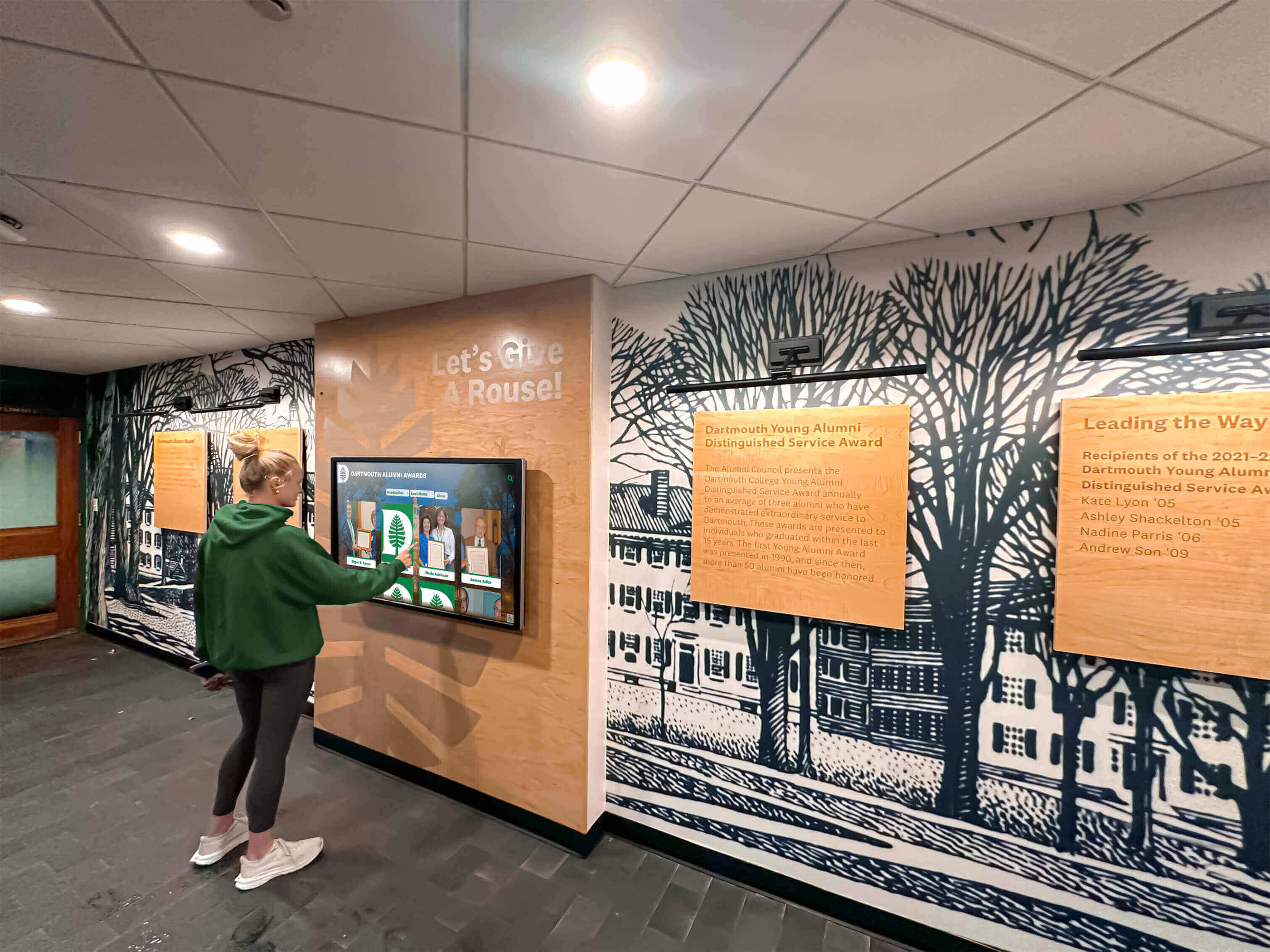
Ready to Strengthen Your Community Engagement?
Discover how strategic recognition systems and engagement platforms can tap into the motivations that inspire lasting community participation. Visit Rocket Alumni Solutions to explore comprehensive digital recognition and community engagement tools, or learn more about community partnership strategies and digital recognition best practices. Transform your organization’s approach to community engagement by designing programs that address what truly motivates meaningful participation.
Start building a more engaged, motivated community today—every member possesses potential for deep commitment when organizations create environments that satisfy fundamental human needs for recognition, connection, purpose, and meaningful influence.
